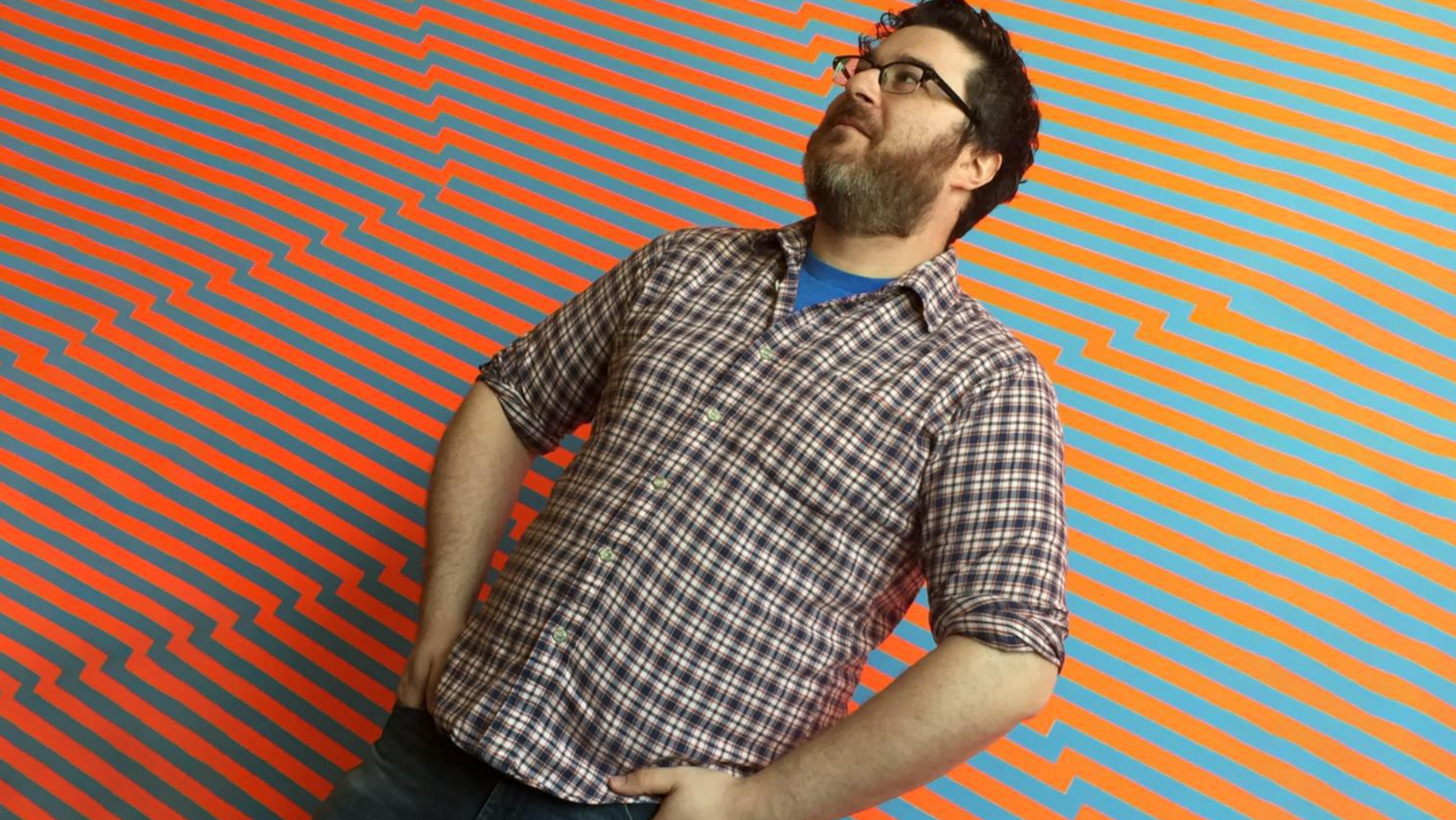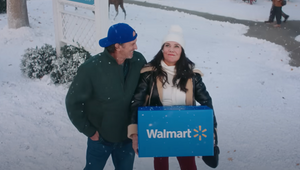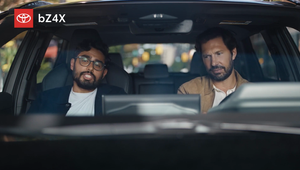
Making the Grade: Why Everybody Deserves Good Colour with Dave Bauer

As a senior editor and colourist at PXP, Dave serves as both a creative partner and a technical problem solver for global brands, ensuring the seamless execution of projects throughout the entire post-production process.
Dave's diverse portfolio includes work on commercial spots for brands like Under Armour and Virgin; feature-length documentaries such as Hell or High Seas and The Book Keepers; music videos for artists like Waxahatchee and Nothing; and full seasons of television shows such as Albie’s Elevator — functioning in both editorial and colourist capacities.
Dave began his career at NBC Sports Network, where he honed his editing skills in sports promotion, including with the NHL and UFC. Since then, his experience has spanned from boutique post houses to large full-service agencies, which laid the groundwork for his dual expertise in both editing and colour grading, where Dave has developed a reputation as a versatile professional skilled in both disciplines.
His contributions have earned him an Emmy Award for Documentary for his work on the docuseries "Philadelphia: The Great Experiment." Additionally, his work has been recognised by industry stalwarts such as Ad Age, Adweek, Cannes, The Effies, FWA, The One Show, and D&AD, among others.
Originally from New York, Dave now resides in Philadelphia with his wife, daughter, cat, and a groundhog named Sal Romano who lives under his shed. He enjoys discovering new podcasts to get him through his morning run — currently, Critical Role’s third campaign is his go-to. And, he is an avid, die-hard New York Rangers fan.
LBB> What was your first experience with the world of colour grading – and when did you decide that being a colourist was a role that you wanted to pursue?
Dave> I started my career as an in-house editor at NBC Sports Network. We were left to do our own colour tweaks in-edit — focused on matching shots or enhancing contrast without a specific emphasis on grading. However, I was struck by the transformation achieved through professional grading when larger campaigns were outsourced. I started to realise the power of having a cohesive and elevated look to level up your project, and I knew then that this was a path I wanted to explore further.
LBB> What was the project that you felt really changed your career?
Dave> I worked on a music video for the band Cold Fronts, directed by Peter English with Drew Saracco as the director of photography. Until that project, my style leaned towards natural, low saturation, and low contrast visuals. The vision for this project was bold and vibrant, initially pushing me out of my comfort zone. Their trust in my abilities led to a finished video that I will always feature prominently on my reel. This experience greatly enhanced my confidence and opened new avenues for me in the industry.
LBB> How/where did you hone your craft and did you have any particular mentors?
Dave> I developed my skills at a boutique post-house called Monogram in Philadelphia. As someone who came into colour a bit later in my career, I didn’t follow a traditional path from colour assist to junior colourist.
I didn’t have any colourist mentors per say, but Pier Nicola D’Amico, a director/photographer and partner at Monogram, played a crucial mentoring role. He had a great eye for colour and introduced me to various aesthetic styles and shared his deep knowledge of photographic processes, significantly shaping my approach to colour grading.
LBB> Tell us more about your creative process.
Dave> Every project can be radically different in terms of approach. Sometimes a brand gives you a project and asks for you to build a look from scratch. Sometimes they provide detailed shot-by-shot references. But for the most part, I typically begin with a subtle, minimalistic base grade that respects the cinematographer's vision, gradually building the look as needed based on the project's scope and the client's feedback.
LBB> From experience, we’ve found that colourists often love art and photography - when you’re out of the studio, what inspires you?
Dave> I like street art, murals — I really respond to seeing art in non-traditional settings that transform a space into something totally different than what was intended. I love seeing art as a part of community.
LBB> Colour grading is largely a digital affair, but there’s also been a resurgence of film over the past few years in commercials and music videos. What are your thoughts about working on film versus digital formats like 4K? And what are your favourite techniques for capturing a vintage or tactile feel?
Dave> There's certainly a difference in how film reacts when grading compared to how video reacts — though, if we're being honest, even in video, footage reacts differently from camera to camera. So, once you get past that initial step of getting your film image to a nice base, it's just about understanding the subtleties and limitations of what you can or can't do.
But working with film, or emulating a vintage film style in video, can be a lot of fun. I have some go-to Powergrades for various vintage looks and film emulations that I mix and match in various ways when going for that kind of feel.
LBB> When working in commercials, what role can colour and a grade play in enhancing a brand’s assets and what sort of conversations do you have with creatives and clients about that?
Dave> Colour grading in commercials is crucial for aligning with a brand’s established visual standards. Discussions with brands often revolve around how much we can push the creative boundaries within these parameters.
For example, let's say you're grading a commercial for a brand whose product has a label with a very specific blue value. But you want to push for a stylised look where colours might be a bit muted; you've built in some lighting and shading that would naturally change the look of that label, etc. Adjusting a brand’s specific colour palette to suit a new creative concept without losing the essence of the brand can be both challenging and rewarding.
LBB> How do you ensure that each colourist-director partnership is a success?
Dave> This might be the most predictable answer, but communication is absolutely key. Building trust is essential. Ensure you’re on the same page, because it's a collaboration. This is their project, and ultimately, you are facilitating their vision coming to life. However, it's also true that you are in that chair for a reason, and your creative input, eye, and experience are essential to where the look finally lands. Ensuring open communication and established trust makes it infinitely easier to build your own creative capital.
LBB> What advice would you give to budding colourist?
Dave> Go on Instagram and follow as many colourists, directors of photography, and photographers as you can. Observe their unique takes on what makes an interesting image. Get inspired to try something you normally wouldn’t. Shameless self-promotion, mine is here.
Don’t be embarrassed to ask questions, even if it’s something you think you “should know” already. Don’t be scared to play with an image. Don’t be frightened by the prospect of failure — embrace it.
LBB> In your opinion, what’s difference between a good grade and a great grade?
Dave> Early on in my career, I subscribed to the idea that the best colour was unnoticeable. If you’ve done your job correctly, it would not consciously register with the wide swath of your audience, because the image looked exactly how it was supposed to look.
In hindsight, I feel like that was grossly unfair of me, and likely predicated on my own perceived limitations of where I could take a grade. When you really put in the work and the result is a great grade, that’s something that your audience absolutely notices. And it elevates the entire project in a noticeable, tangible way. Think of it like cooking. A good grade is a meal that’s salted to taste. A great grade is one that’s seasoned to perfection.
And if you do a really great grade, someone will make a LUT that looks nothing like it and sell it for $19.99.
LBB> How is the craft and trade of colour grading changing?
Dave> There’s more access to colour now. The Lite version of Davinci Resolve is free, and it’s still a pretty robust program. For anybody looking to dip their toe in the world of colour, they’re getting a water slide. It’s not just for big budget productions anymore. Everybody deserves good colour.















